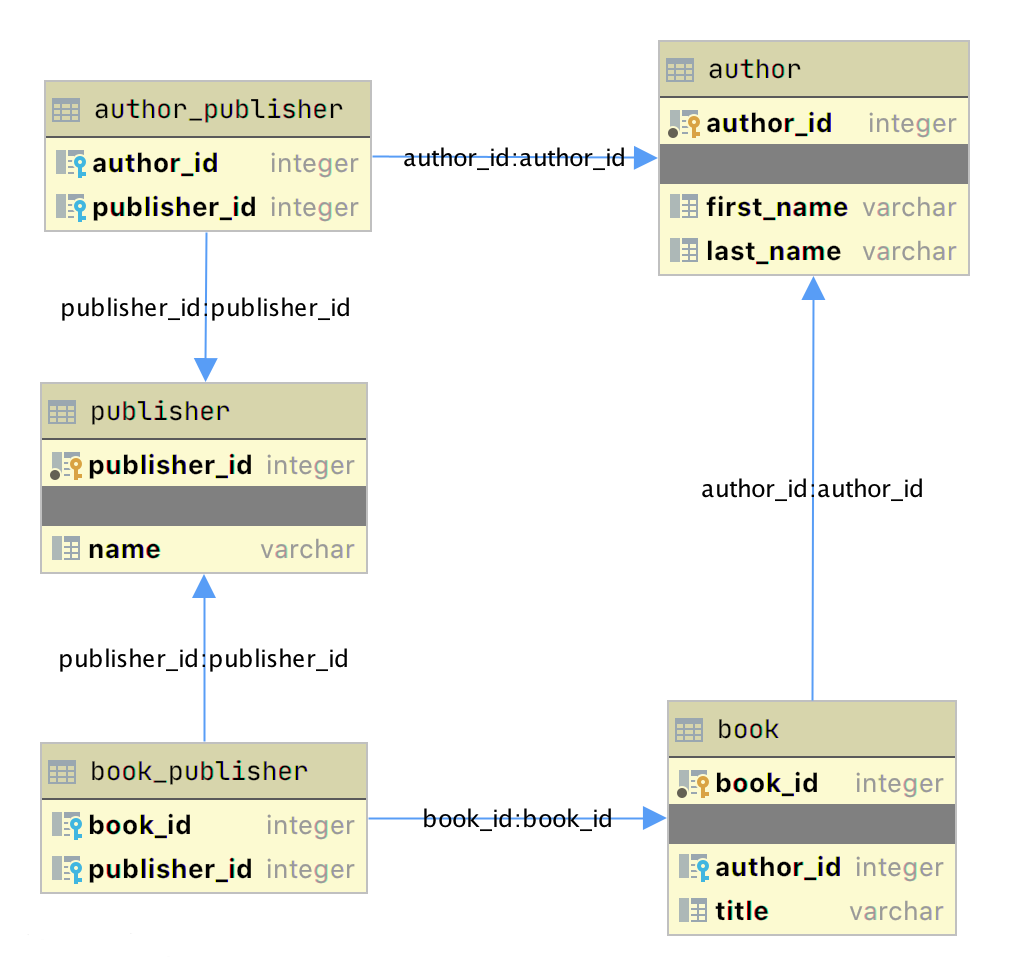SQLAlchemy is the powerful SQL tool set and Object-Relational Umschlüsselung (ORM) library for Python that allows for database management and businesses. It abstracts away from much of the complexity involving reaching relational directories, making it simpler for designers to pay attention to business common sense as opposed to SQL questions. Whether click ‘re the beginner or some sort of seasoned developer, getting a set of handy SQLAlchemy snippets will make managing your current database operations more efficient. Listed here are 10 useful SQLAlchemy tidbits for everyday database management, covering a range of common tasks.
one. Connecting to a Databases
Before you could interact with a database using SQLAlchemy, you need to be able to establish a link. This snippet assists you to set up a new connection to a database, which can end up being any SQL-compatible databases like SQLite, PostgreSQL, or MySQL.
python
Copy code
coming from sqlalchemy import create_engine
# Replace using your database URL
DATABASE_URL = “sqlite: ///example. db”
# Create a databases engine
engine = create_engine(DATABASE_URL)
# Set up a connection
connection = engine. connect()
print(“Database connected successfully. “)
This snippet makes an engine of which is the main interface to typically the database. Using create_engine(), you can get connected to various databases making use of the appropriate connection thread.
2. Defining an auto dvd unit
In SQLAlchemy, versions represent tables in the database. This small shows how to be able to define a straight forward table model using columns and types.
python
Copy code
from sqlalchemy transfer Column, Integer, Line
from sqlalchemy. ext. declarative import declarative_base
Base = declarative_base()
class User(Base):
__tablename__ = ‘users’
id = Column(Integer, primary_key=True)
name = Column(String)
email = Column(String, unique=True)
def __repr__(self):
return f”
The person category represents an consumers table with three columns: id, brand, and email. Applying declarative_base() allows you to define models in a object-oriented way.
3. Creating Tables
Once your own models are identified, you can generate tables in the particular database using this particular snippet:
python
Backup code
# Generate all dining tables
Basic. metadata. create_all(engine)
print(“Tables created successfully. “)
This will create the users table (or any other models you may have defined) in your data source based on the structure with the type classes. It’s valuable when creating the initial database schizzo.
4. Adding Information to the Databases
Inserting data into your tables is usually a common task. This snippet programs how to add new records to the users table:
python
Replicate code
from sqlalchemy. orm import sessionmaker
Session = sessionmaker(bind=engine)
session = Session()
new_user = User(name=’John Doe’, email=’john@example. com’)
session. add(new_user)
treatment. commit()
print(“New end user added. “)
Here, the session is employed to add some sort of new User item to the customers table. session. commit() saves the change to the database.
five. Querying Data
To be able to retrieve data in the database, you might use queries. This kind of snippet demonstrates exactly how to fetch just about all users from the users table:
python
Copy code
# Fetch all users
users = treatment. query(User). all()
for user in users:
print(user)
Using session. query() allows a person to interact using the database inside an object-oriented fashion. This snippet retrieves all user records and prints them.
6. Filtering Files
Often, you have to filtration data according to certain conditions. This small shows how you can filtering users by title:
python
Copy program code
# Fetch a good user by brand
user = period. query(User). filter_by(name=’John Doe’). first()
print(user)
This particular will return the first user record that matches the name ‘John Doe’. filter_by() is a convenient method for filtering documents based on line values.

7. Changing Records
Updating records is a common operation whenever managing databases. This kind of snippet shows exactly how to update the user’s email:
python
Copy code
# Update an user’s email
user = session. query(User). filter_by(name=’John Doe’). first()
user. email = ‘john. doe@example. com’
program. commit()
print(“User email updated. “)
After fetching the consumer document, you can improve its attributes and call session. commit() to save lots of the changes.
eight. Deleting Records
To delete records through a table, make use of the following minor amount:
python
Copy program code
# Delete the user
user_to_delete = session. query(User). filter_by(name=’John Doe’). first()
session. delete(user_to_delete)
session. commit()
print(“User deleted. “)
This snippet brings an user by name and then deletes the report using session. delete(). Remember to commit the particular changes to make the accidental deleting permanent.
9. Using Raw SQL with SQLAlchemy
While SQLAlchemy’s ORM is powerful, sometimes you should perform raw SQL inquiries directly. This little shows the way to execute a raw SQL query:
python
Replicate code
# Execute a raw SQL question
result = motor. execute(“SELECT * THROUGH users”)
for row in result:
print(row)
Using engine. execute(), you can manage raw SQL queries for complex operations or tasks certainly not easily achieved with the ORM.
10. Handling Dealings
Transactions are useful regarding ensuring data sincerity during multiple database operations. This minor amount demonstrates how to be able to use transactions inside SQLAlchemy:
python
Copy code
from sqlalchemy. exc import SQLAlchemyError
try:
with period. begin():
new_user = User(name=’Jane Doe’, email=’jane@example. com’)
session. add(new_user)
another_user = User(name=’Alice Smith’, email=’alice@example. com’)
session. add(another_user)
print(“Transaction successful. “)
except SQLAlchemyError as electronic:
session. rollback()
print(f”Transaction failed: e “)
The session. begin() context helps to ensure that most operations inside the block are executed since a single purchase. If any problem occurs, the alterations are rolled backside to maintain consistency.
Conclusion
These twelve SQLAlchemy snippets might simplify everyday data source management tasks, whether or not you’re working about a little project or perhaps managing a larger data source system. From attaching to a database in addition to defining models to executing complex concerns and handling purchases, these snippets offer a solid foundation for mingling with databases applying SQLAlchemy. Using these resources in hand, you could efficiently manage the database operations, making sure your data continues to be organized and obtainable. Happy coding!
